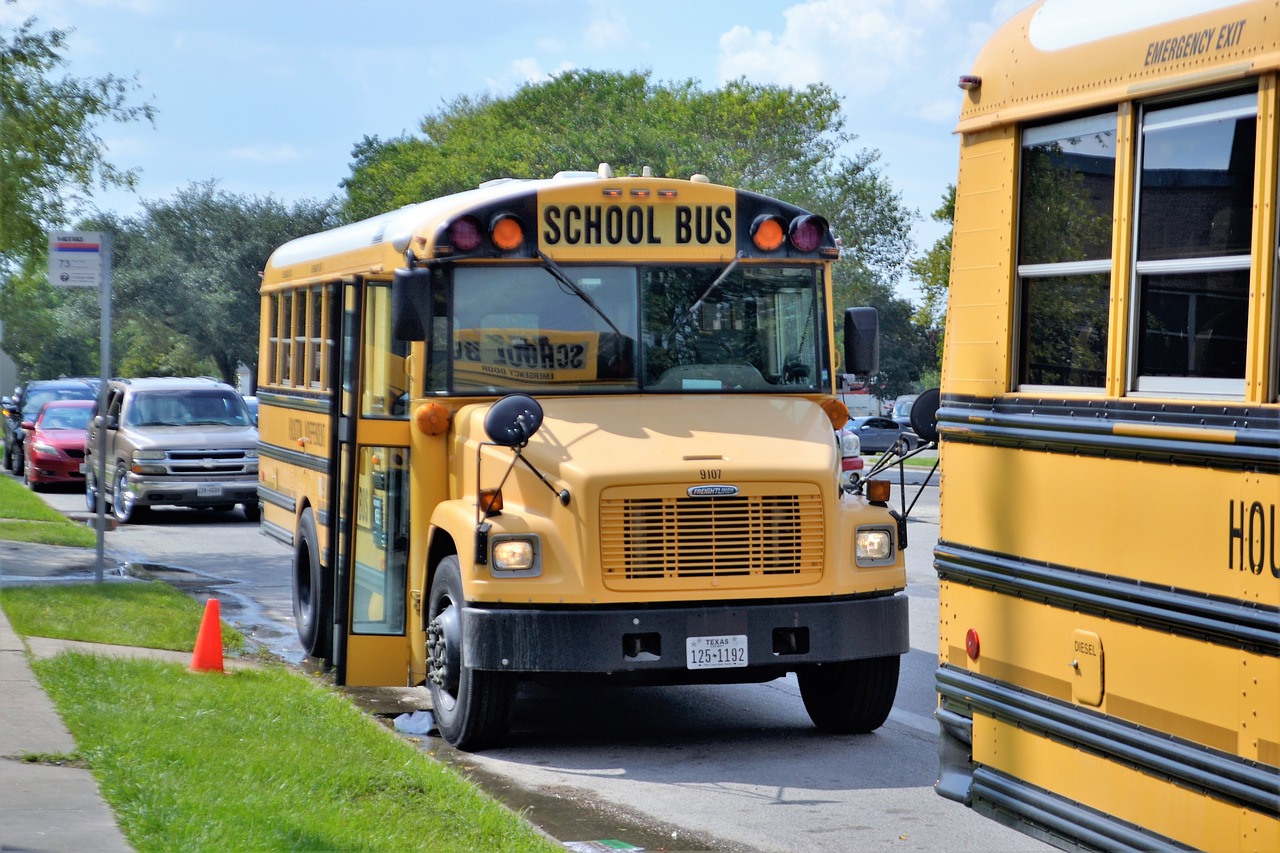A cost study recommends adding $2.1 billion in new funding to public schools, but despite the overall influx of new cash, schools in many counties would see funding cuts.
The study, conducted by Texas A&M economics professor Lori L. Taylor and consultants at WestEd, offers funding for three different outcome scenarios.

With the help of Kansas Legislative Research, WestEd used Appendix C of its study to drill the numbers down to the district level. The results show some school districts would be big winners and others would be multi-million-dollar losers.
Kansas Policy Institute revealed that the study’s recommendations slash funding to schools in some counties, and under other scenarios, shift funding from smaller, more rural districts to larger, suburban districts. For example, if lawmakers implement the recommendations to increase funding by $2.1 billion to attain 95 percent graduation rates, schools in 11 Kansas counties would receive funding cuts.
School districts in Clay, Coffey, Ellis, Jackson, Kiowa, Logan, McPherson, Miami, Mitchell, Pottawatomie, and Sherman counties would lose funding. Even the counties that received a net increase would see shifts in funding that produced some major winners and losers. In one scenario, Johnson County schools would receive $15.4 million more in funding, but all of the new funding would go to the Olathe and Shawnee Mission School Districts. The other four Johnson County school districts–Blue Valley, De Soto, Gardner-Edgerton, and Spring Hill–would see their funding slashed.
Under another scenario in the study, schools could achieve a 90 percent graduation rate if lawmakers dished out $1.3 billion in new funding. Most of the new funding, 75 percent, would go to districts in the state’s four largest counties. Ninety-four districts in 28 counties would see funding cuts, and schools in the state’s remaining 73 counties would divvy $333.3 million in new funds.
Though the education lobby is clamoring for as much new funding as possible, regardless of the effects on the rest of the state budget or taxpayers’ wallets, they may want to be careful what they wish for. Though the overall cash infusion sounds good, some districts will lose money if the study’s recommendations are followed.
As a KPI blog post puts it, “The absurd district-level effects of the WestEd Kansas school funding study seriously question the validity of the authors’ conclusions and demonstrate why legislators should never let funding decisions be made by cost studies or judges who are influenced by cost studies.”

